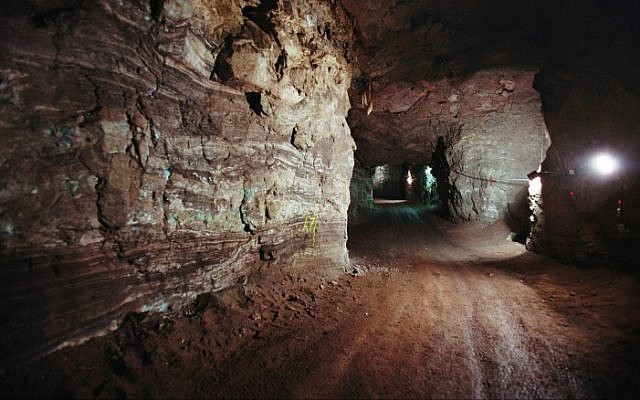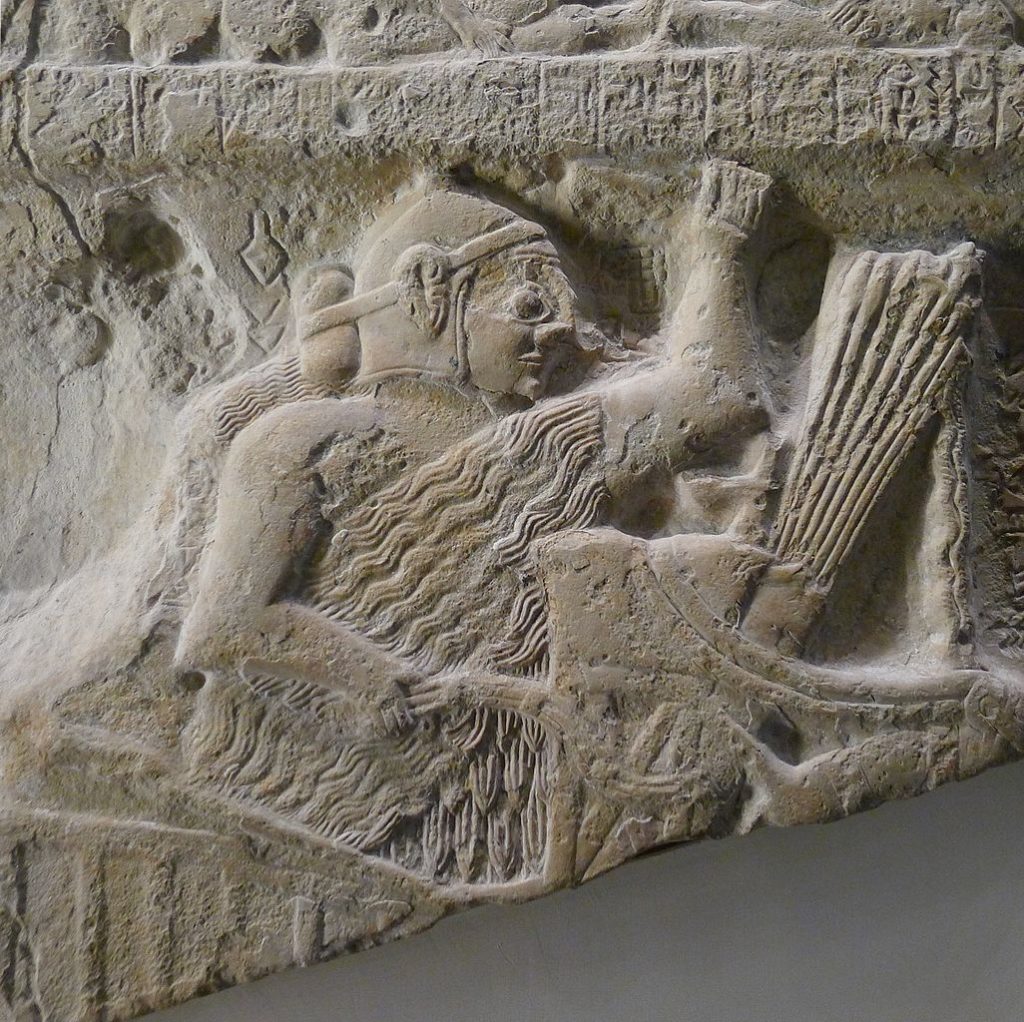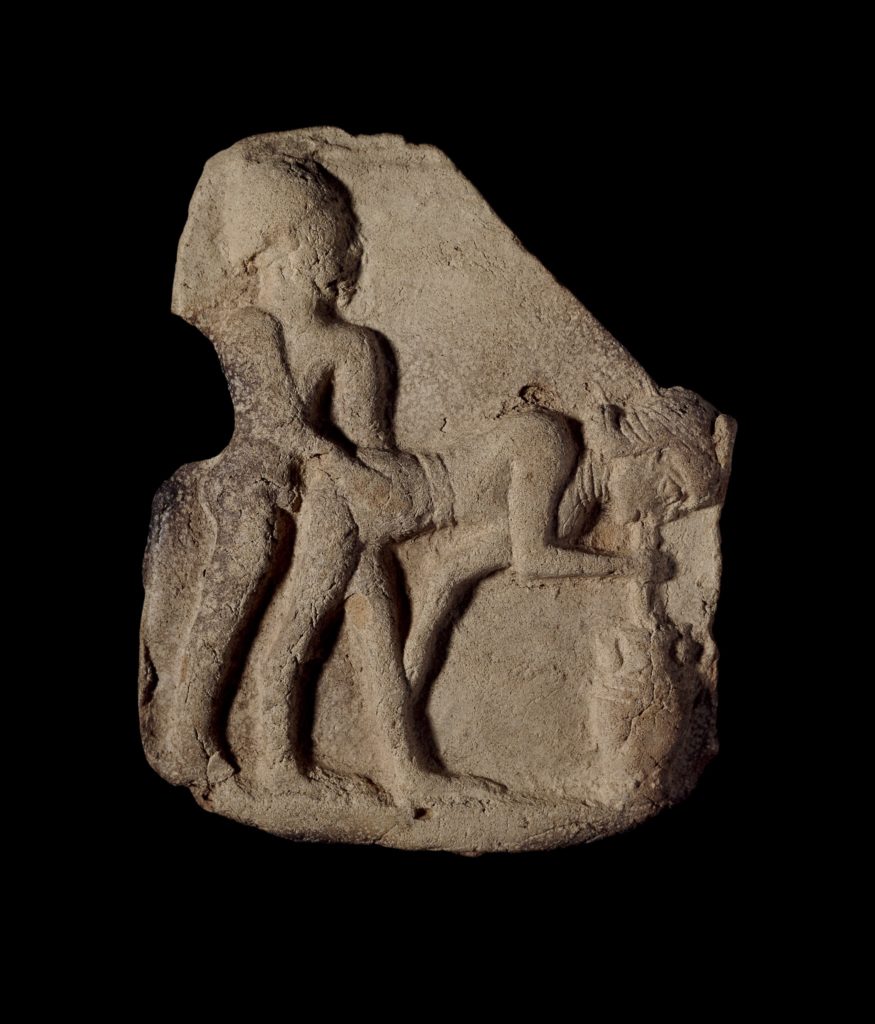Originally posted 2023-06-14 18:38:33.
The suggestion that settlements and cities were a function of women’s desire to have better, safer and more comfortable places to raise children, is contrary to many assessments, which see these developments as masculine. The argument is that as men accumulated wealth, they decided to build settlements and cities to protect it.
[kofi]
There are a couple of problems with this. In the hunter-gatherer cultures we know of, wealth is a largely unknown concept. That was why the early colonists used valueless trinkets to seduce the peoples they encountered and would eventually enslave. Those people liked shiny pieces of coloured glass because they were pretty; they had no idea of relative material value. A gold doubloon or a worthless bauble, all were the same. The idea of personal property is similarly strange to them, so how could wealth possibly be amassed; and if it can’t be, because you don’t know what it is, then why would anyone need to protect it?
In order to make the argument that men developed city-living in order to protect their property, we need an intermediate stage, in which wealth is recognised. This is typical of herder culture, where wealth is counted in the numbers of beasts one owns. Indeed, there is a case to be made that the whole of mercantilist and later capitalist culture was actually born in the Asian steppes, the result of nomadic herders keeping goats. But here, similarly, in the examples we have, there is no suggestion of a desire to live in cities.
Rather, these cultures tend to be resolutely nomadic. Furthermore, in the literature and mythology of Sumer, it is made clear, again and again, that the herders lived outside the cities and not inside them. This is repeated in the Bible, in both Testaments. While there was a special bond formed between the sedentary dwellers and the nomads, this did not seem to amount to the latter having any real influence on city life.
[kofi]
Safe places to live: Settlements and Cities.
So far, there seems little to counter the argument that women wanted safe places to live and that they used the promise of sex and later, fatherhood, to tempt men to build first permanent settlements and cities. Only later did the idea of wealth and property begin to be important, within the cities.
In order to create cities, a sophisticated structure must be in place to allow the necessary organisation of labour. A link might be made between the social structures needed for large-scale farming and those required for the building of cities. This argument, however, implies that the farmland around the early settlements was worked by organised labour; but there is little evidence for this. The use of such organised labour seems to have come later, after the foundation of the first cities and was usually based on some form of indentured labour or even slavery.
For example, in the Bible, Jacob worked for seven years for Laban, in order to marry his daughter Rachel, as a dowry. (He was tricked into marrying her sister Leah instead and had to work another seven years for his true love.) The Spartans enslaved an entire neighbouring country, that of the Helots, to carry out manual work in the fields and inside the city itself. In fact it could be argued that far from being ferocious and skilled warriors, the Spartans were just efficient slave-masters. Indentured service was commonplace in the ancient world, especially where a lien or favour had to be repaid. There was no concept of wages, in the sense of hourly pay.
[kofi]
More likely, the first settlements had a more informal labour system, with small parcels of land being worked by a man or perhaps several working together. But this does not imply the kind of organisational structures that must have been present to carry out massive building projects. For example, we now think that the Pyramids were built by organised but not slave labour and that the workers were paid. This implies a structure able to support such projects, able to give out the wages (probably grain), to count it, tally it and so on as well as directing the actual work. Egypt had an infrastructure well capable of doing all this: a bureaucracy.

The Mystery of the Tepes
How then, on the other hand, could much earlier structures like Gobekli Tepe, dating from over 10,000 years ago, have been built? There is no evidence of the sophisticated organisation of labour that should have been needed, yet they still did it. There is no record of any bureaucracy, of the purchase of foodstuffs or their preparation, or of any means of reward; indeed, no coinage has been found at these sites. Yet somehow, these societies quarried and transported megaliths weighing many tons, which implies organisation.
This was not isolated. We know that the works at Gobekli Tepe proceeded for centuries, indeed millennia; and at time of writing, more monuments comparable to Gobekli Tepe are being discovered. Some, like Karahan Tepe, (Keçili Tepe, locally) 46km from Gobekli, might be older and even have traces of permanent settlement. Karahan Tepe and Göbekli Tepe are now considered to be two sites within a wider region called Taş Tepeler. In total, there are at least twelve similar sites, which were all likely built by the same Neolithic culture. So not only was an organised society operating, it was a stable one and it was spread over a large area.
Hundreds, likely thousands of workers were needed and from Gobekli Tepe we have evidence of how they were fed. It was highly organised, with much cooked meat and grains being found. Significant numbers of people were needed and a great deal of time and effort must have been expended in finding and cooking the food the workforce needed. But not one single building has been found, apart from the monuments themselves. The same at Stonehenge: recent research suggests that an organised system of supply stretched across south-west England and as far as what is now Wales – but no buildings. Not even an outhouse.
[kofi]
At Tel Aviv University, Dr Erez Ben-Yosef has been studying the copper mines at Timna, which were productive around the tenth century BC. He thinks the culture they supported sheds light on David’s Kingdom. It was wealthy; there is evidence that they imported luxury goods, were well dressed and lived comfortably – but while they did build small fortifications to protect the copper sources, they did not build any cities, nor indeed, any permanent settlements at all. Quoted in Haaretz, Dr Ben-Yosef said
‘If these nomads had not engaged in mining, creating smelting camps, mine shafts and thousands of tons of industrial waste, we wouldn’t know anything about them…we would know nothing of the sophisticated polity and society they created.’
www.haaretz.com%2Fisrael-news%2Fwas-king-david-a-nomad-new-theory-sparks-storm-in-archaeology-1.10035052&usg=AOvVaw3PbRTjcMs92tab0EYtLxU9

A Dichotomy of Lifestyle
The evidence supports no firm conclusions save one and it should be expected: there was more than one way in which early societies developed. Some maintained a non-sedentary lifestyle and others were sedentary. Both were capable of sophisticated organisation and must have had ways to decide on and achieve their collective ends. That in turn implies a decision-making system, the ability to delegate, to command and to supply those who were actually doing the work that had to be done.
It is possible that this dichotomy, between the two social types, reflects an underlying difference in social structure. We know that herder cultures tend to be more masculine in nature and that men naturally gravitate towards a more individualistic lifestyle. However the evidence from early cultures like Sumer is that the first cities were not only Goddess cities but also were run by bureaucracies, which in turn were the domains of women. These were the priestesses who ran the temples to the deities – even male deities. This is what allowed the early cities to function and even to exist.
[kofi]
The temples in these cultures were much more than places of worship. They were the centres of commerce, the market places, the seat of government and the residence of the king and queen. The kings, in Mesopotamia, were married to the High Priestess, so that legislature and administration were literally wedded to each other.
Why is Jesus a ‘Shepherd of Men?’ Why was the herder-boy Dumuzi, in Sumerian culture, or the later Tammuz in Akkadia, so important? No warrior was he, but a simple herder; yet significant enough to marry the Queen of Heaven herself, Inanna in Sumer and Ishtar in the successor cultures.

Eannatum and war
We know why Sumer descended into catastrophic warfare in the third millennium, after over a thousand years of peace; it was because the King of Lagash, Eannatum, decided to conquer the whole territory and make it his empire. It had nothing to do with bands of nomads. Urban civilisation developed to a high level of sophistication and only then tore itself apart in the hell of war.
Eannatum’s behaviour is well recorded but it has a corollary: if one city decided to go on the rampage to conquer the others, then those others – at least, those which were not destroyed – had to organise their own defensive forces – forces which could quickly become aggressive, conquerors in their own right. Perhaps civilisation carries within it the seeds of its own destruction.
[kofi]
It would appear that men were required, by the women in them, to become defenders of their cities. This might be the key to the trade-off, the quid pro quo. Men would be invited into the city, allowed to take part in its governance and enjoy warmth, comfort, clean sheets and plenty of sex – as long as they kept the women and children safe. And make no mistake, women, usually through the Priestesshood, actually ran the city.
Politics and religion
Politics and religion were inseparable in the ancient world and the bureaucracies that managed the quotidian life of the cities were identical to the local deity’s priestesses. There is no record anywhere of men being the bureaucrats until thousands of years later and indeed, the life of a bureaucrat has always been seen as infra dig by most men. It was not then seen as a fitting occupation for a man.
The key to the success of these cultures might be, then, in their invention and construction of masonry defences, walls and watchtowers. In other words, that civilisation as we know it is the direct result of men agreeing both to construct and defend the cities, for the benefit of their wives. In most cases, the men would live in the cities too, but in Sparta, for example, this did not happen. At the same time, city bureaucracies operated an upscaled Home Economics class, run by women.
War and Peace
While there was peace, this system worked. Men did the hard work of building and maintaining the city’s fabric and tending the fields. In Sumer they had beer to drink and as much opium and marijuana as they could smoke. They could visit the Temple and there enjoy sex with a nubile young courtesan, a fitting reward for a long day’s labour in the blazing heat. But they were not required to be violent.
[kofi]
When war broke out on the grand scale, provoked by Eannatum, that changed almost overnight. Very quickly, two classes of men appeared: warriors and the rest. This division was one that would persist.
It is marked, in Sumer, by the arrival, both in the literature and the history, of the great Gilgamesh, the bombastic, arrogant, demi-god king of Uruk. Before Gilgamesh there were no role-models who are men; deities perhaps, but not men. Gilgamesh provided that archetype and it is with us even today, the invincible warrior-leader. When Lieutenant-Colonel Jones VC charged an Argentine position during the Battle of Goose Green on the Falklands in 1982, he was Gilgamesh incarnate. When General Norman ‘Stormin’ Norman’ Schwarzkopf ordered his tanks against entrenched Iraqi defences, he was Gilgamesh wielding his battle-axe.
Militarism became crucial to the lives of all the cities, as it is today. Men would fight and die for their cities, and the survivors would revel later, spitting Death in the eye and counting the spoils. These men were not merely hunters, they were warriors.
Over centuries this would lead to a radical change in the balance of power. From the cities being defended by supernatural beings like Inanna, whose spiritual power was huge, they became increasingly dependent on force of arms wielded by men. As they became wealthier, this would become more so, in a vicious spiral and at each step, power would increasingly be transferred to those men. But as long as the cities and the people in them were safe, then the bargain was fair.





